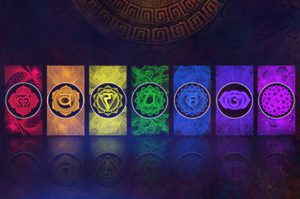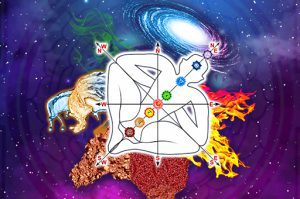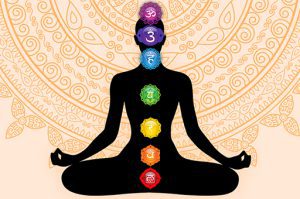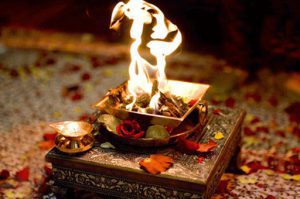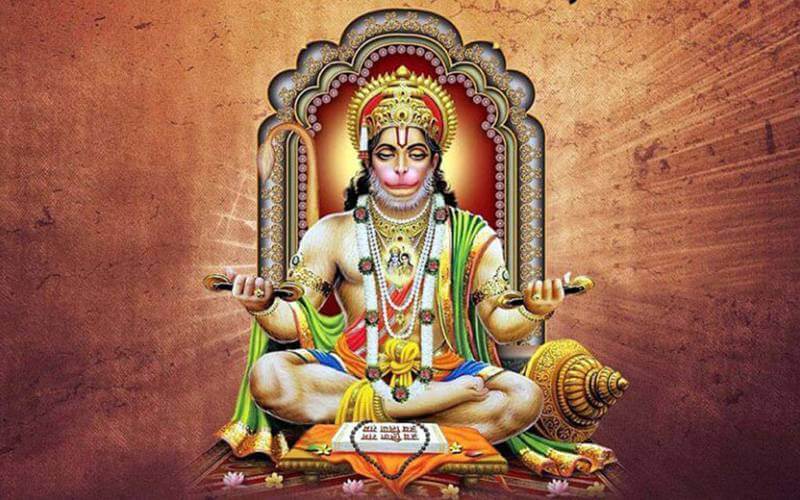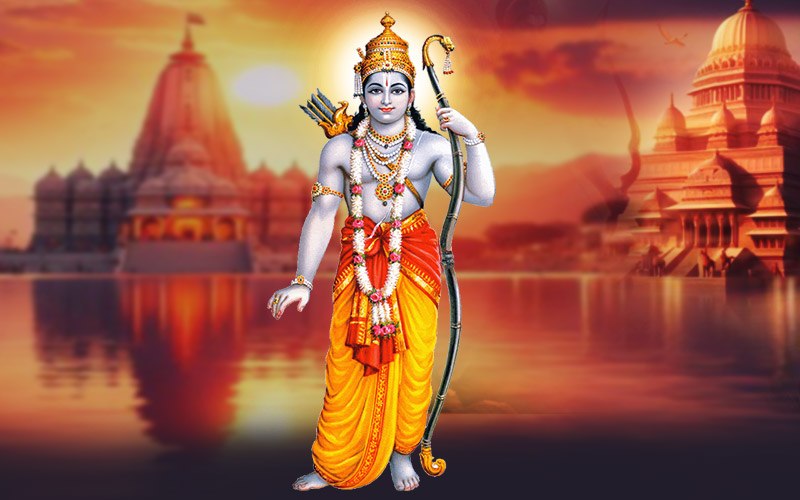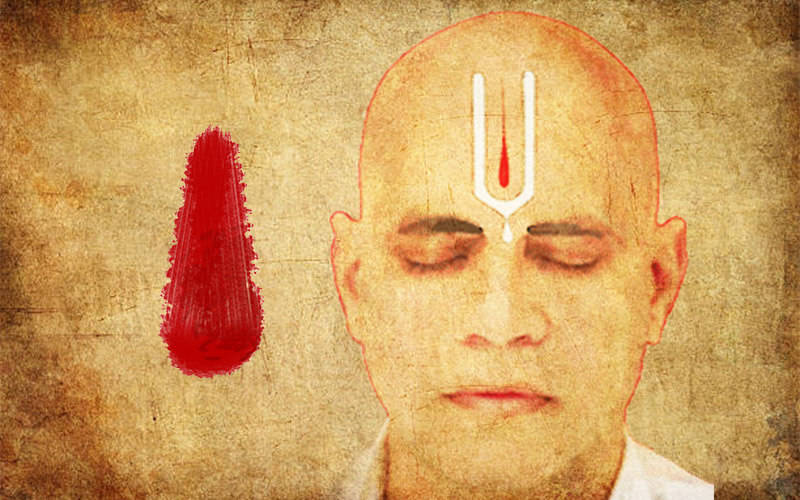
In our beautiful motherland India, one of the most noticeable and prominent external symbols in Hindu culture, is the mark known as “Tilak”. It is a mark that is applied on the forehead. Tilaks are of different designs, colour and ingredients. They symbolize different meaning for people of different gender, region, sect etc.
The practice of applying tilak dates back to ancient times, but the origin still remains a mystery. The color of the tilak too signifies different castes like Brahmana, Kshatriya, Vaishya and Shudra according to ancient texts.
Traditionally people of the Brahmin varna (caste) generally applied white chandan (sandalwood) mark, which denoted purity and they also were entitled or associated with jobs like teaching or as priests. People belonging to Kshatriya varna applied red kumkum mark signifying bravery, as they belonged to the warrior race. The Vaishya applied a yellowish orange or turmeric mark denoting wealth and abundance, as people of this varna were generally businessmen or traders. The Shudra people applied a black bhasma (ash), kasturi or charcoal mark that represented the services they offered to all the above mentioned three castes.
Even the shapes of tilak help you to identify the deity one worships. For example, a person worshipping Lord Vishnu applies a chandan (sandalwood) tilak which is of “U” shape, a person worshipping Lord Shiva will be seen wearing a Tripundra tilak of bhasma and so on.
In India, married Hindu women apply small round and red colored mark called Kumkum or Sindhoor between their eyebrows or on the forehead or above the forehead at the parting of the hair.
As a Gesture of Greeting:
Tilak is considered to be sacred and auspicious in Hindu culture. Atithi (guest) are always welcomed by applying tilak between their eyebrows. During prayer ceremonies, daily prayer rituals at home and important events like marriages, birthdays, baby showers etc tilak is applied. Women generally apply tilak with the ring-finger along with Akshata (unbroken rice grain). Men apply the Tilak with the thumb along with unbroken rice grains (Akshat), which are mixed in red chandan. Ring finger denotes heart chakra or love and thumb denotes root chakra or stability and this could have some significance in this.
Spiritual & Scientific Significance:
The age old belief of a Hindu person is everything and everyone on this planet is sacred. Our body is a vessel of divinity and it is the manifestation of the Supreme. Nyasa (invocation), a Vedic ritual that is performed by a particular religious sect of Hindu culture acts as a reminder that our body is precious. While performing the Nyasa or Laghu Nyasa (shorter version of Nyasa ritual), twenty one different names of the Lord are chanted, this is done to attract the deity principles of Gods and Goddess to reside in twenty one different parts of our body.
The area between the eyebrows where the tilak is applied is called the Ajna Chakra. Many schools in Hinduism consider this spot as the entry and exit point of our jivaatma (soul). The Ajna Chakra, also known as the Third Eye Chakra is associated with the power of thought, abstract ideas and controls the entire personality of an individual. A person with a well-balanced Ajna Chakra displays charisma and intuitive brilliance. People with a balanced chakra possess a calm mind and clarity of judgment.
One who meditates with complete concentration on the Ajna Chakra is believed to have an awakened foresight. The meaning of Ajna is ‘perception’, and it also means ‘become aware of’ and ‘control’.
Hence, in order to be protected from the evil intentions, a spot between the eyebrows was marked by applying vermillion, sandal or holy ash. Appling tilak starting from Ajna chakra and moving upwards towards the forehead signifies individual’s journey of channelizing his/her thoughts and moving upwards towards spirituality.
Applying tilak or bindi on the forehead, enhances the Intuition power
Some Guru’s also apply tilak on their throat at region of Vishuddha chakra, which is believed to enhance the communication skills.
Applying tilak also has scientific significance attached to it.
1. The region of the forehead has to be cool as it generates heat due to churning of thoughts. Sandal wood paste has a soothing effect nd cools the forehead immediately.
2. Applying kumkum (vermilion), mercuric sulfide is known to reduce stress and fatigue.
3. Applying turmeric on the forehead promotes good health, regulates body aura and eliminates the negative energies.
4. Bhasma is calcine ash, which protects body from radical damage.
We hope this article was interesting for you.


